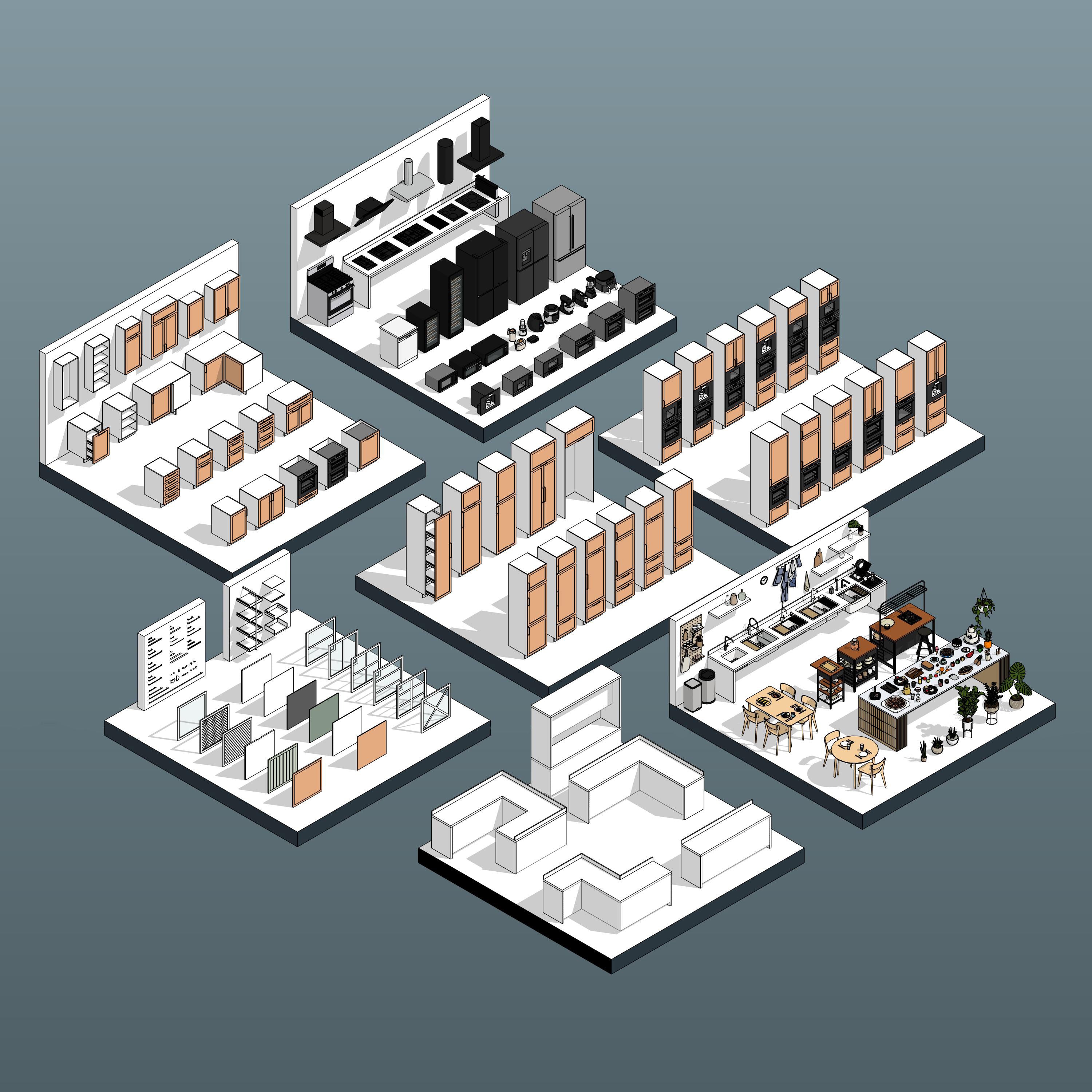Facade Patterns in Revit

In this tutorial, we will demonstrate how to create a super-detailed site model with minimal effort and maximum results using Model Patterns.

First things first, if you're not familiar with pyRevit Add-in: it's a Free Add-in for Revit developed by Ehsan Iran-Nejad and includes numerous useful tools for Revit.
One of the most useful tools in pyRevit is Make Pattern. This tool allows you to create custom Model and Drafting Fill Patterns for your Revit Model or 2D drawings as a Filled Region. The process is quick and easy, only requiring two clicks, and patterns can be easily modified when saving the base tile source lines.
Creating a Custom Model Pattern
How to create a custom pattern in pyRevit:
- Create a new drafting view
- Use Detail Lines to create the base tile drawing
- Use prRevit Make Pattern to create the Pattern
- Specify a new name, and Pattern type: Drafting or Model
- Check Create Filled Region to get one
- Create the pattern by defining its boundaries: Bottom left corner and Top right corner
Pro tip #1: Always save the source lines!
Pro tip #2: Use Reference Planes to create Pattern boundaries that are not part of the design.

Using the Model Pattern
2D Drawings: Make sure to check the "Create Filled Region" box to get a Filled Region based on the new pattern.
3D Modeling: You can incorporate custom patterns in almost all Revit Families and System Families: Walls, Floors, Roofs, Casework, etc. For Walls and Floor, make sure that the pattern is assigned to the Finish Layer, using a Material with the relevant surface pattern.

Editing an existing Model Pattern
In our Pattern Libraries, we always save the source lines for you. Use them to modify the size and design! To edit the Facade source pattern, copy the drawing lines and make the necessary changes. Then, use pyRevit to modify the pattern (or create a new one):

This example is based on one of the Facades from our Office Facades pack:













Leave a comment